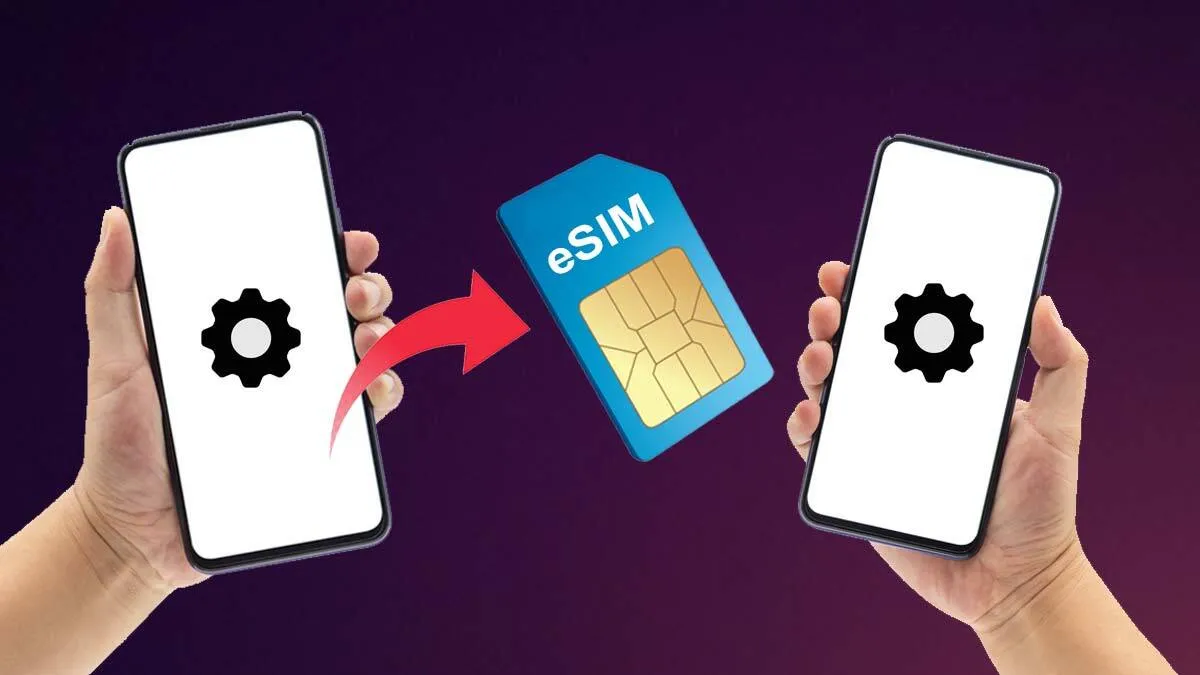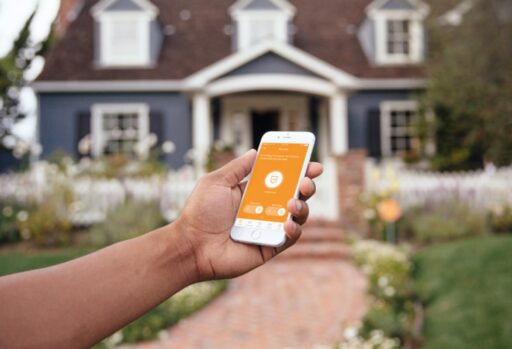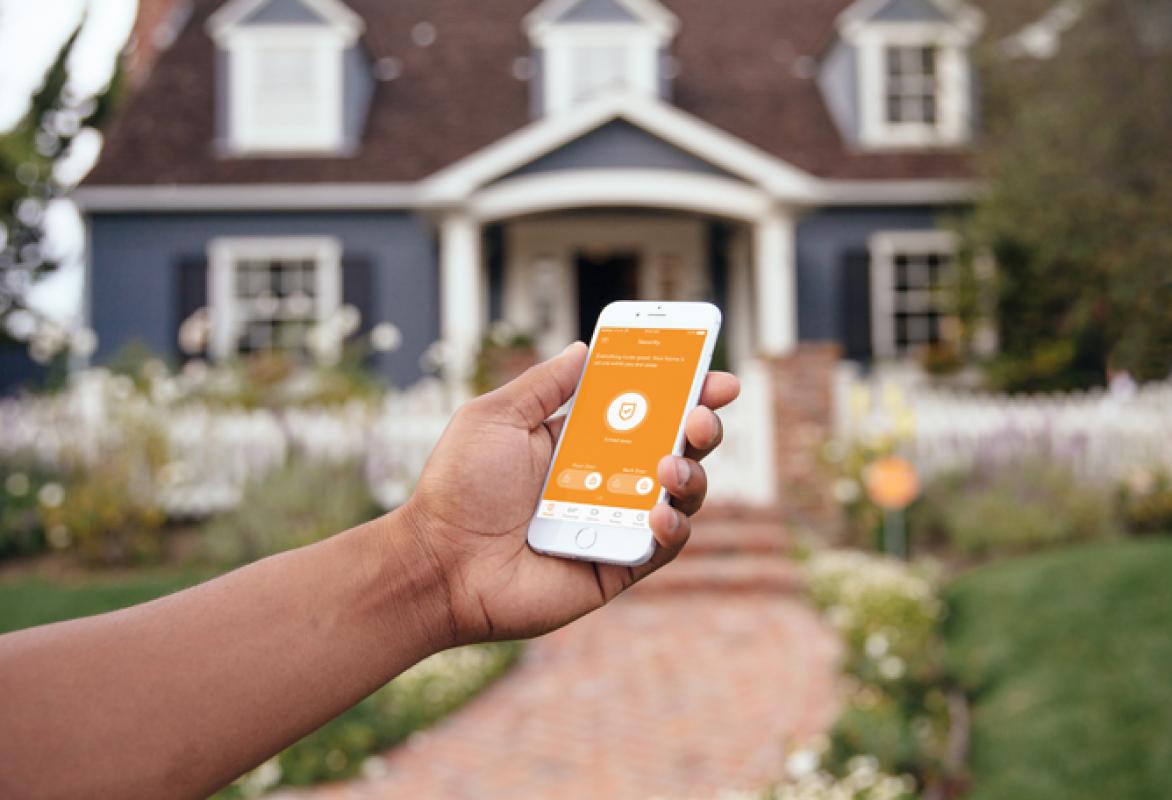The evolution of mobile connectivity is reshaping how we interact with our homes. While home improvement typically evokes thoughts of smart thermostats, solar panels, or energy-efficient appliances, there’s a silent player gaining traction—eSIM technology. Once confined to smartphones and travelers, eSIMs are now finding practical applications in home automation, DIY security systems, and even remote property management. This invisible tech could be the next crucial component in creating smarter, more responsive homes.
Before we delve into how eSIMs fit into the home improvement ecosystem, it’s worth understanding what they are. Short for embedded SIM, an eSIM is a programmable chip embedded directly into a device. Unlike traditional SIM cards, there’s no physical swapping required. Users can change mobile network providers, manage plans, or activate new devices through a simple app interface. eSIM Plus is one of the pioneering providers offering flexible options for this technology, especially useful when integrating mobile connectivity into smart home devices.
Why eSIMs Matter for the Modern Home
At first glance, it may not be obvious how a mobile data solution relates to home improvement. But think beyond mobile phones. Today’s smart homes include a wide array of devices—surveillance cameras, doorbells, thermostats, leak detectors, and even robotic lawn mowers—that depend on uninterrupted connectivity.
Traditionally, these devices are tethered to Wi-Fi. But Wi-Fi isn’t always reliable. Routers can fail, coverage might not reach outdoor areas, and in remote locations or second homes, there may be no fixed broadband at all. Here, eSIMs offer a simple alternative: mobile internet that operates independently of home Wi-Fi networks. This makes eSIMs especially valuable in three home improvement scenarios:
- Smart Security Systems – eSIM-equipped cameras or alarm systems can remain online even during power outages or router failures, ensuring continuous monitoring.
- Remote Property Management – Landlords or homeowners with vacation rentals can manage heating, lighting, and security remotely without relying on local Wi-Fi.
- Outdoor Connectivity – From garden irrigation systems to solar panel inverters, eSIMs can keep devices online where Wi-Fi coverage ends.
Key Benefits of Using eSIM in Home Tech
- Easy Activation: No need to wait for a SIM card to arrive. Activate your connection instantly through a digital app.
- Network Flexibility: Switch providers based on coverage or cost without changing hardware.
- Remote Management: Great for people managing multiple properties or for rental homes.
- More Secure: Unlike physical SIMs, eSIMs can’t be stolen or swapped easily, adding a layer of security to devices.
Real-Life Applications at Home
Let’s explore a few practical examples. Suppose you have a remote cabin where installing fiber broadband isn’t feasible. A solar-powered security camera with an eSIM-enabled modem can send motion alerts to your phone, stream footage, and function fully without needing Wi-Fi. Similarly, consider an elderly relative who lives alone. eSIM-enabled medical alert devices or health monitors can stay connected even when their home Wi-Fi fails.
Even in urban settings, redundancy matters. A backup internet connection using an eSIM can ensure your home office remains online during a network outage—especially vital for remote workers.
List of eSIM Providers for Home Use

If you’re considering integrating eSIMs into your home improvement plans, here are some leading providers that support a wide range of devices and use cases:
- eSIM Plus – Known for its user-friendly app and flexible plans, eSIM Plus supports both mobile phones and IoT (Internet of Things) devices. Their global reach and seamless switching between networks make them ideal for smart home use and remote monitoring setups.
- Airalo – Airalo offers global and regional data plans, including packages that suit IoT devices. It’s often used for travel, but can also be adapted for fixed-location applications with stable coverage.
- Ubigi – Focused on smart car and IoT connectivity, Ubigi also works well for home projects. They offer a mix of prepaid and subscription plans suitable for lower-data-use devices like sensors or leak detectors.
- Truphone – Truphone provides tailored solutions for enterprises and tech-savvy consumers. Their eSIM services extend to IoT devices, which makes them a good match for complex home automation projects.
- Nomad – Though geared toward mobile phone users, Nomad’s straightforward pricing and wide coverage can suit homeowners who want eSIM data plans for backup internet or device testing.
- 1oT – Designed specifically for IoT devices, 1oT offers robust APIs and support for managing multiple connections—great for people building advanced smart home systems with multiple devices on a single plan.
What to Look for in a Home-Oriented eSIM Plan
When choosing an eSIM provider for home use, keep a few criteria in mind:
- Data Allowance: Smart cameras or streaming devices consume more data than sensors or thermostats.
- Coverage: Ensure the provider offers good signal strength in your home’s location.
- Device Compatibility: Not all eSIMs work with all devices. Check if your device supports eSIM and confirm compatibility with the provider.
- Plan Flexibility: Look for providers that allow easy plan changes without penalties, especially if you’re just testing eSIMs in your setup.
Future-Proofing Your Smart Home
As more smart devices hit the market, we can expect eSIM support to become a standard feature. In fact, some upcoming appliances—like refrigerators with maintenance alert features or voice-enabled ovens—may ship with embedded eSIMs that connect directly to cloud services.
Electricity grids and water utilities are also starting to use eSIM technology to communicate usage data. So investing in eSIM-compatible infrastructure today could make future upgrades smoother.
Challenges and Considerations
While eSIMs are powerful, they aren’t perfect. Some devices still lack eSIM support, and not all countries have comprehensive eSIM regulation or infrastructure. If your project is heavily reliant on mobile coverage, it’s important to test signal strength and choose providers with reliable customer support.
Another challenge lies in device management. For homes with dozens of connected devices, keeping track of multiple data plans or eSIM profiles can be tedious without centralized control.
However, as technology evolves, solutions are emerging. Platforms that aggregate and manage multiple eSIMs under one dashboard are already available, aimed at both businesses and tech-forward homeowners.
Conclusion
The intersection of eSIM technology and home improvement might not be obvious at first, but it’s quickly becoming relevant. Whether you’re building a smart shed, installing outdoor cameras, or setting up a remote monitoring system for a second home, eSIMs offer the flexibility, resilience, and independence traditional Wi-Fi connections can’t always provide.
As the number of connected home devices rises, integrating eSIM solutions into your home improvement plans isn’t just smart—it’s strategic. By starting with reliable providers like eSIM Plus, and understanding your connectivity needs, you’ll be prepared to future-proof your home in a truly wireless world.








